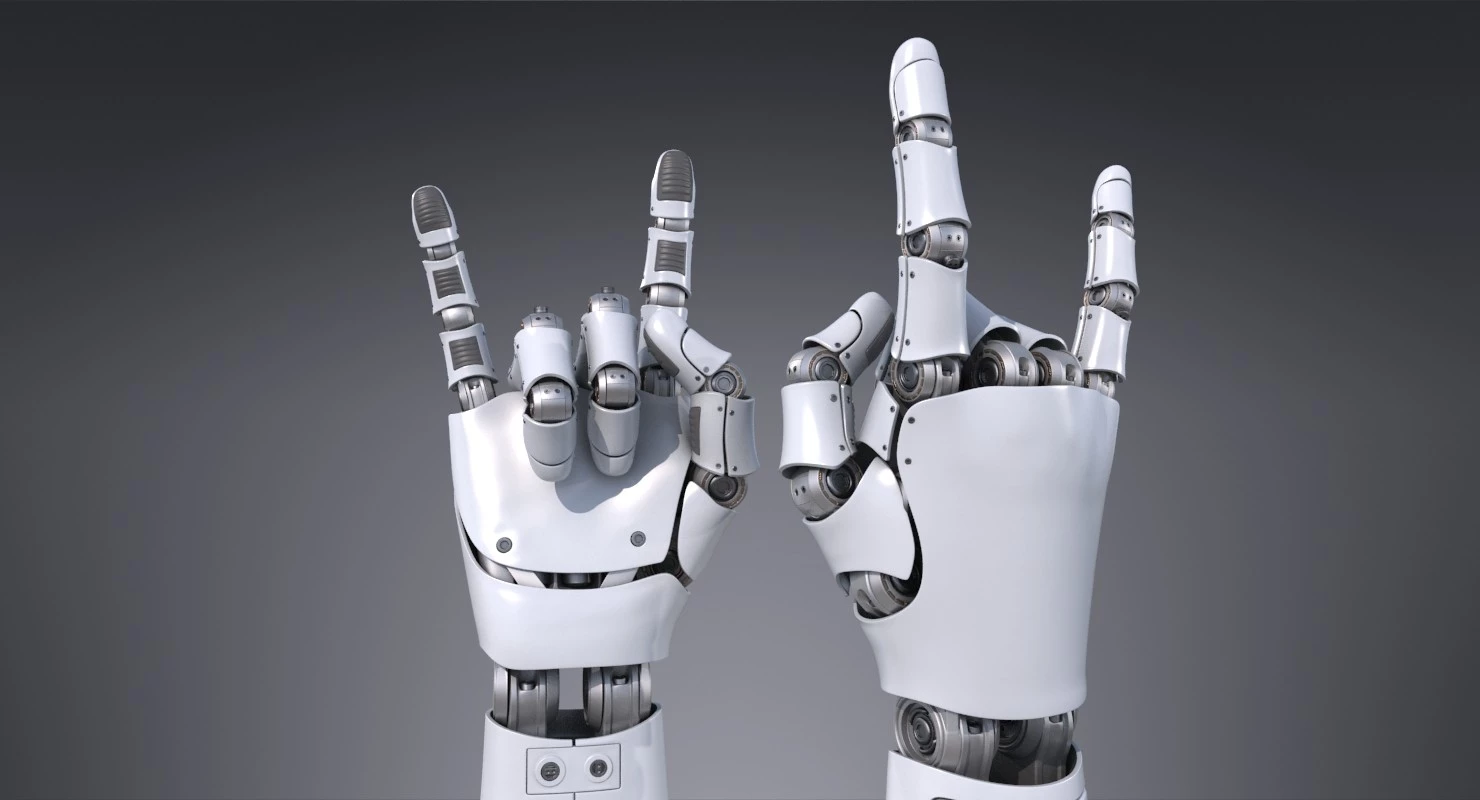A synthetic finger identifies the composition of common substances
Using hand gestures can enhance your video call experience / Is it possible to create an entirely quantum clock?
An artificial finger that senses the surface of various materials can recognize them with greater than 90% accuracy. This technology could be utilized to automate robotic manufacturing tasks such as sorting and quality control.
Touch sensors that can acquire information about surfaces, such as pressure or temperature, are not novel, but sensors that can identify the type and texture of surfaces are less prevalent.
By using "triboelectric" sensors to test a material's ability to gain or lose electrons and determine its roughness without harming it, Dan Luo and his colleagues at the Beijing Institute of Nanoenergy and Nanosystems of the Chinese Academy of Sciences have created a finger that can determine what a material is made of.

Cyborg hands could one day feature sensors that can identify whatever they touch.
When tested on hundreds of samples of 12 substances, such as wood, glass, plastic, and silicon, and combined with a data analysis based on machine learning, the finger achieved an average accuracy of 96.8 percent and at least 90 percent accuracy for each material.
The device is comprised of four small square sensors, each of which is made from a different plastic polymer with distinct electrical properties. When the sensors are brought close enough to an object's surface, electrons from each square interact with the surface in a slightly different manner, which can then be measured.
The case of these sensors, which resembles a human finger, is then connected to a processor and an organic LED display, which displays the name of the detected material type. The processor could be connected directly to a manufacturing control mechanism in an industrial setting. “Smart fingers could help robots check whether products meet manufacturing standards, in terms of composition and surface structure,” says Luo. “Our system could also play an important role in industrial material sorting.”
Ben Ward-Cherrier of the University of Bristol, United Kingdom, says that the sensor's ability to differentiate between materials could make it suitable for tasks such as quality control in manufacturing if it proves to be durable over thousands of tests. It would likely be more effective if combined with other sensors that can detect things like edges and friction.
Tamar Makin from the University of Cambridge says it is unlikely that the device would be useful for artificial prosthetics, despite claims by Luo and his team that it could be used for this purpose. “For technology that is human controlled, we don’t need this level of sophistication,” she says. “Imagine you’re an amputee and you’re reaching out for a cup of coffee. You have so much life experience, and online experience with your intact hand, to have a very good estimate of the material that you’re about to reach.”
Journal reference: Science Advances, DOI: 10.1126/sciadv.abq2521
End of content
Không có tin nào tiếp theo
